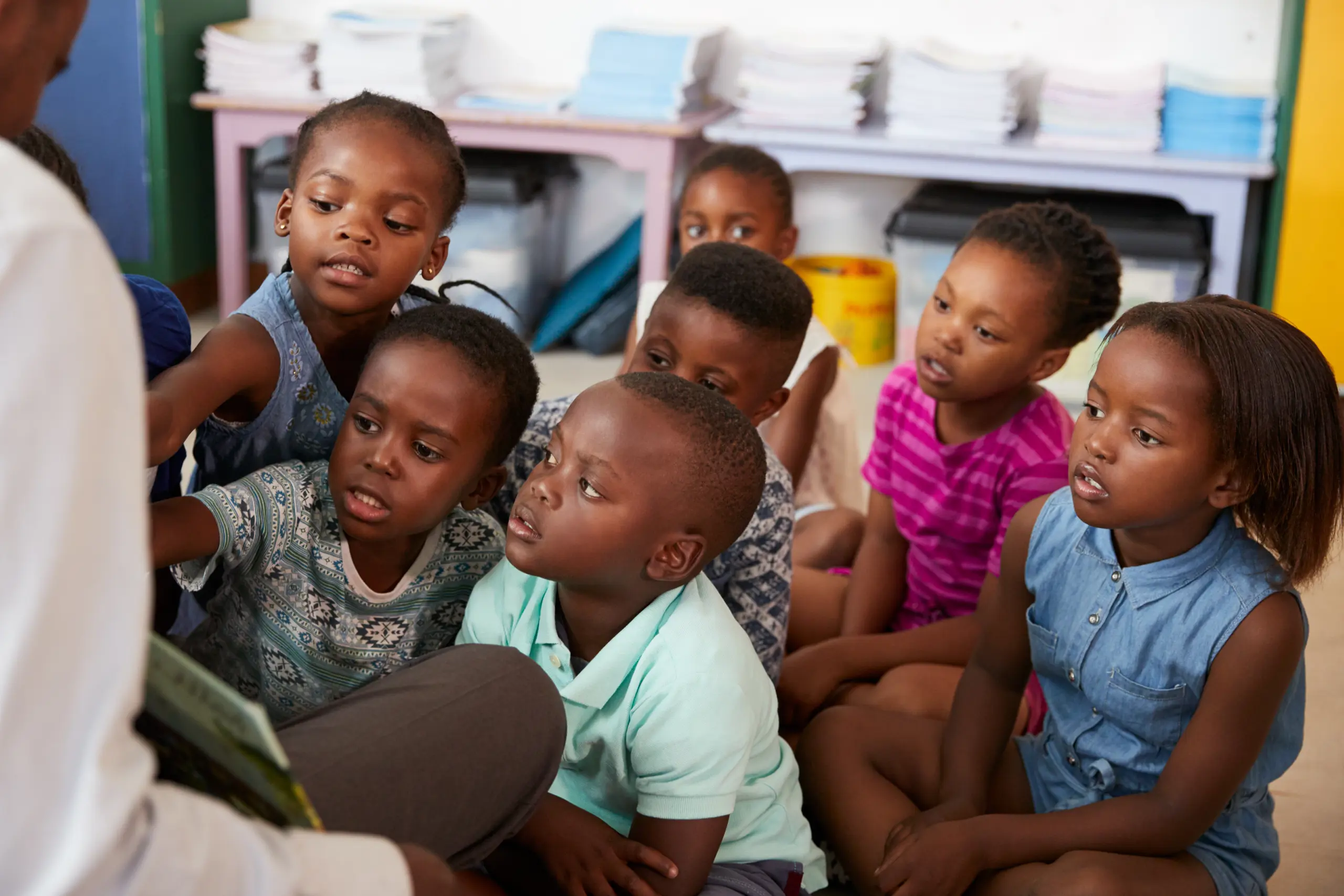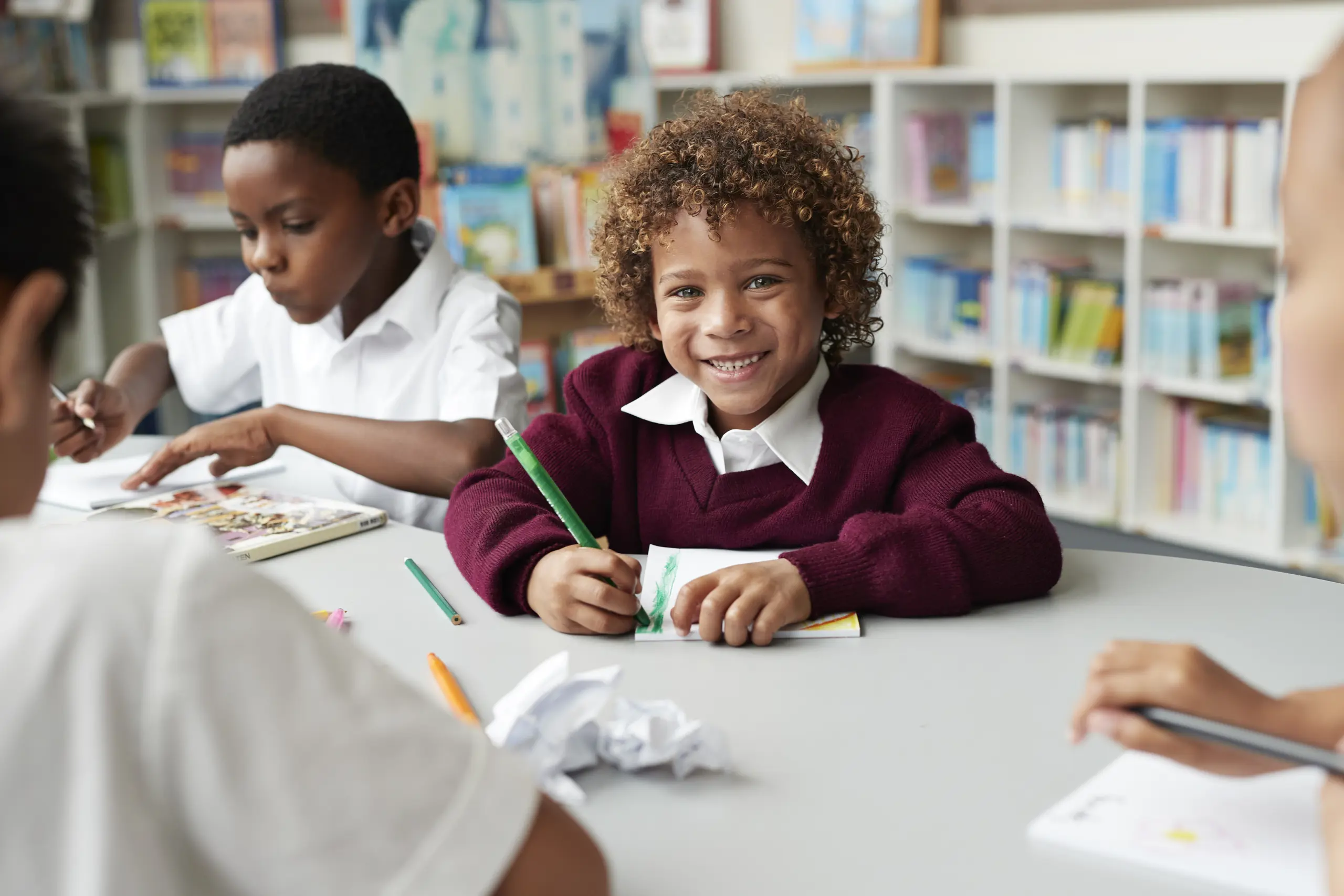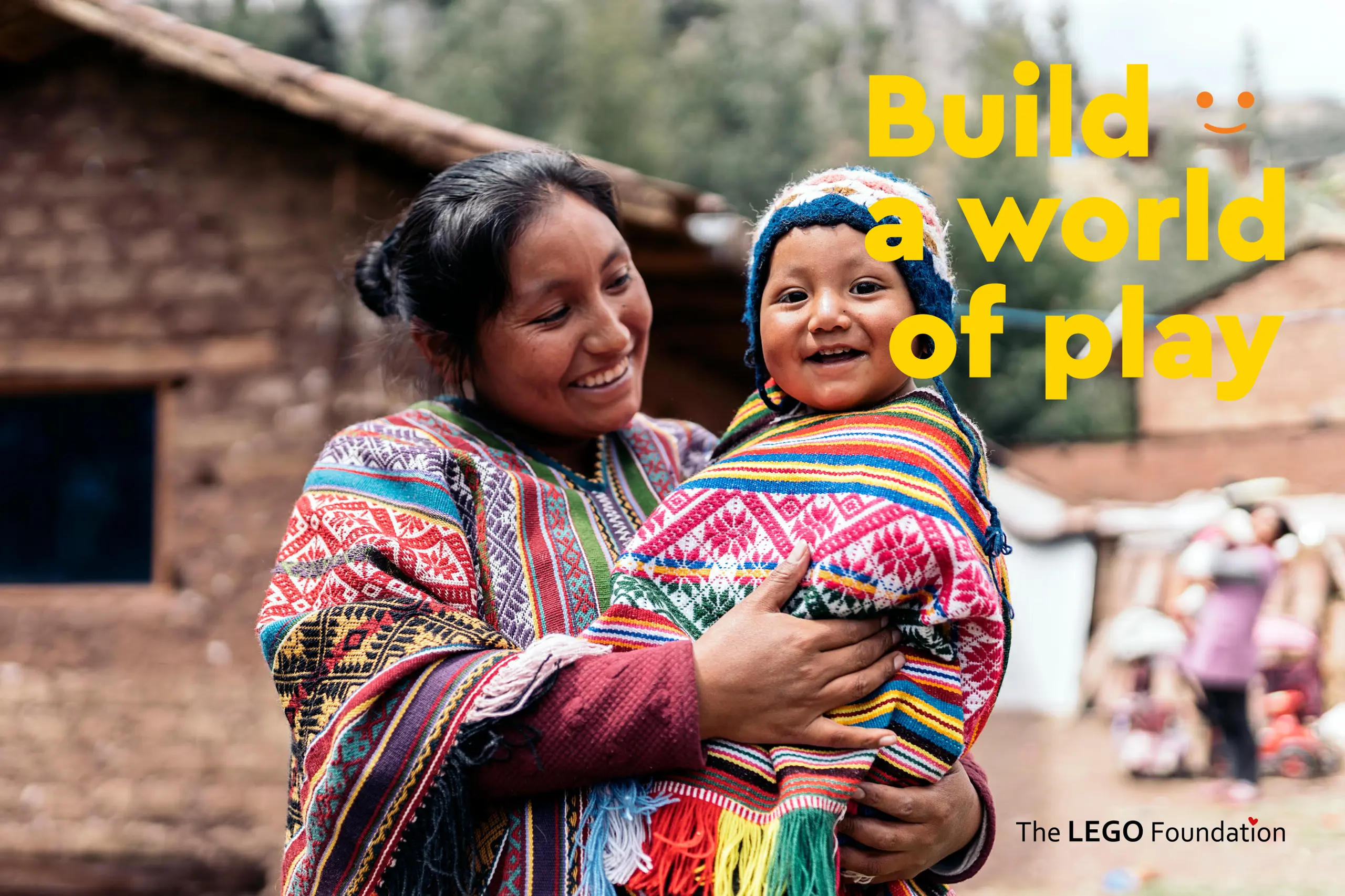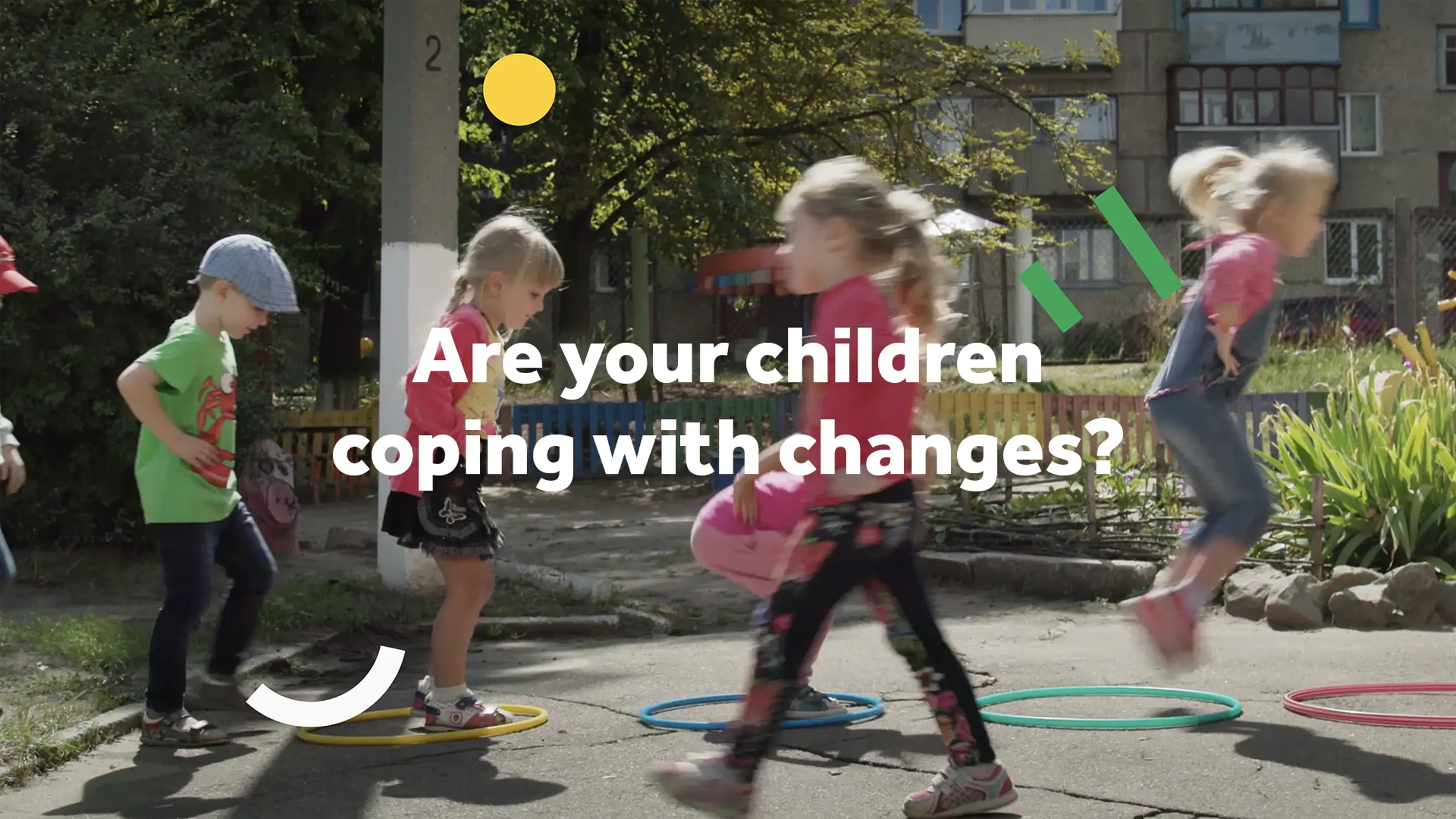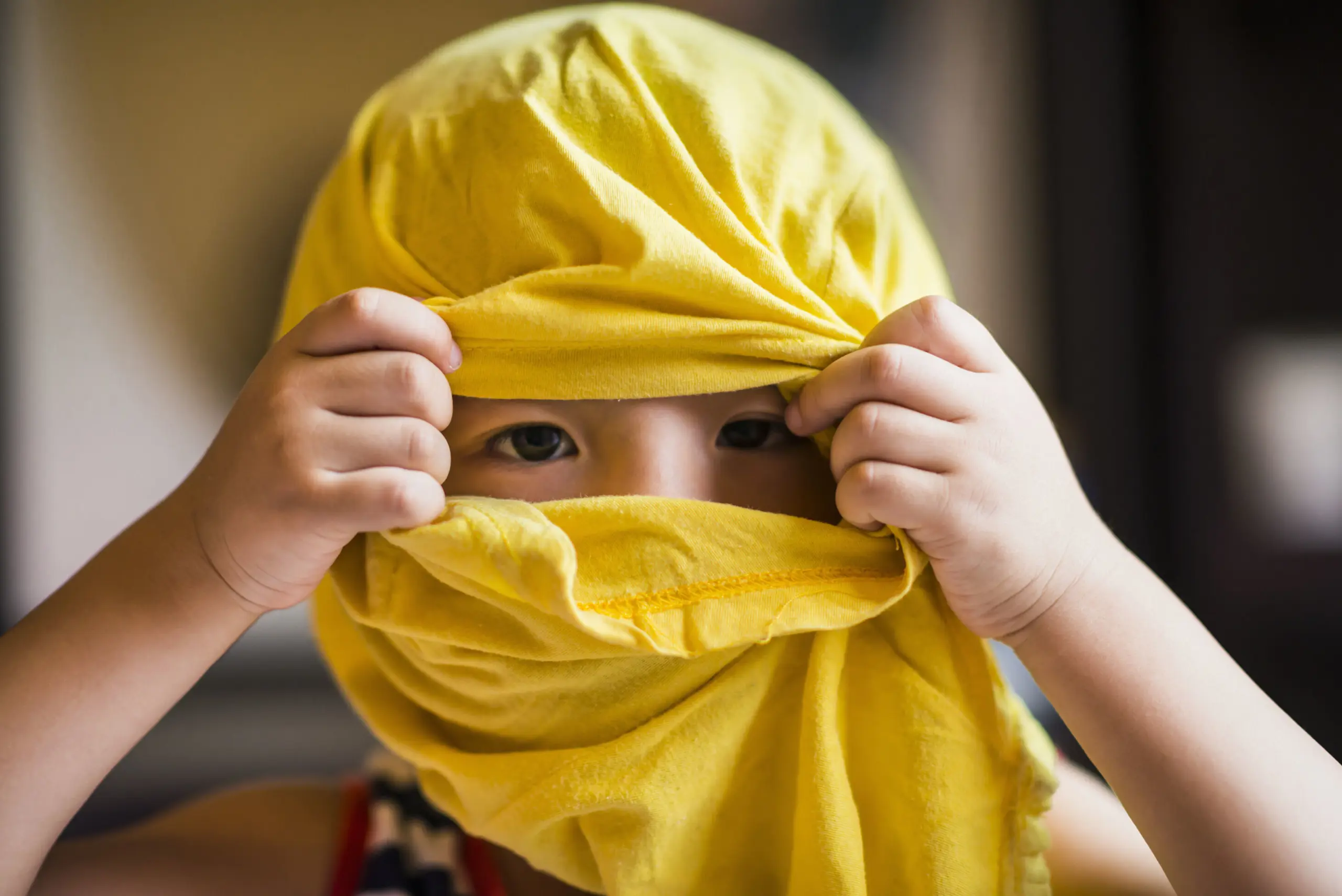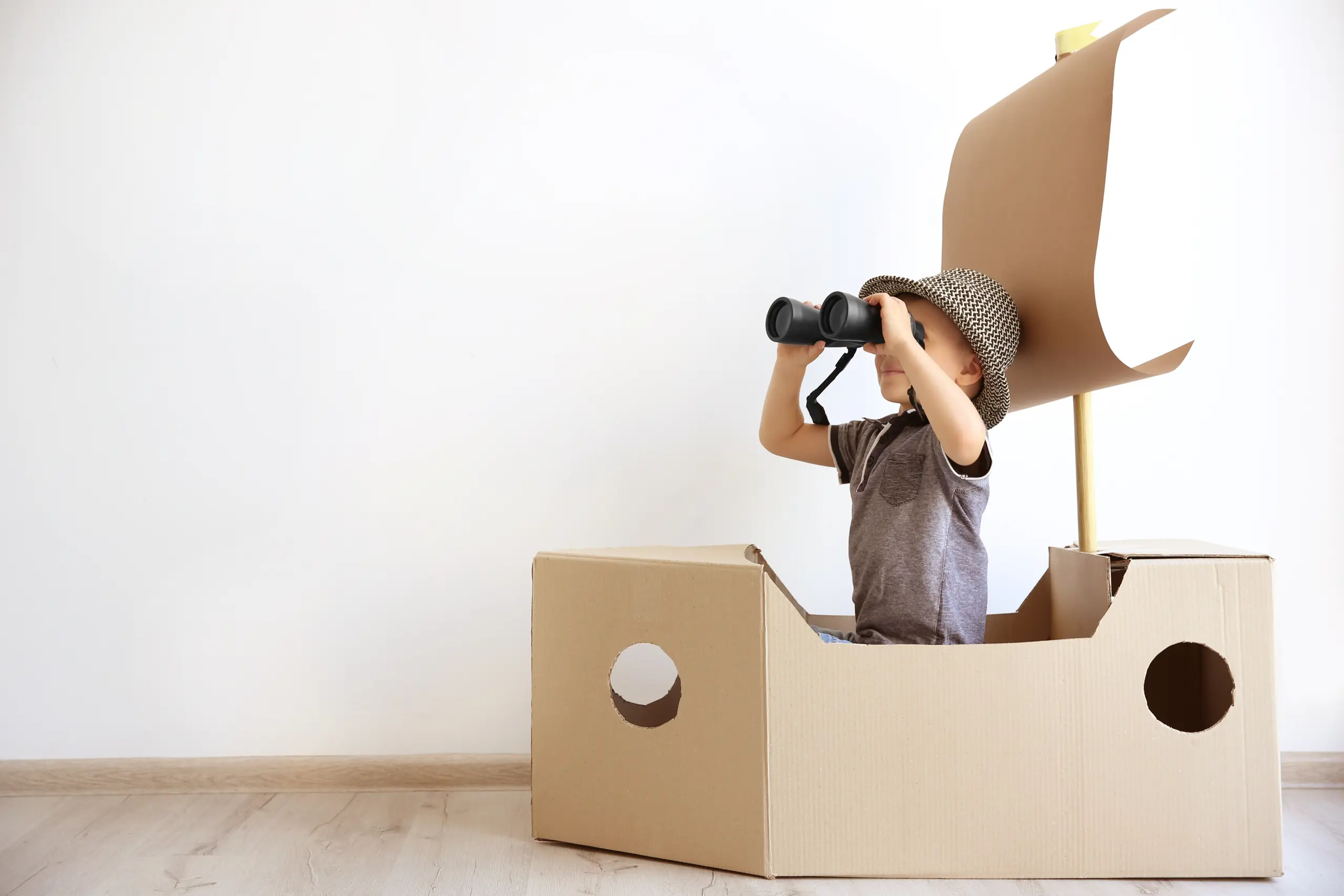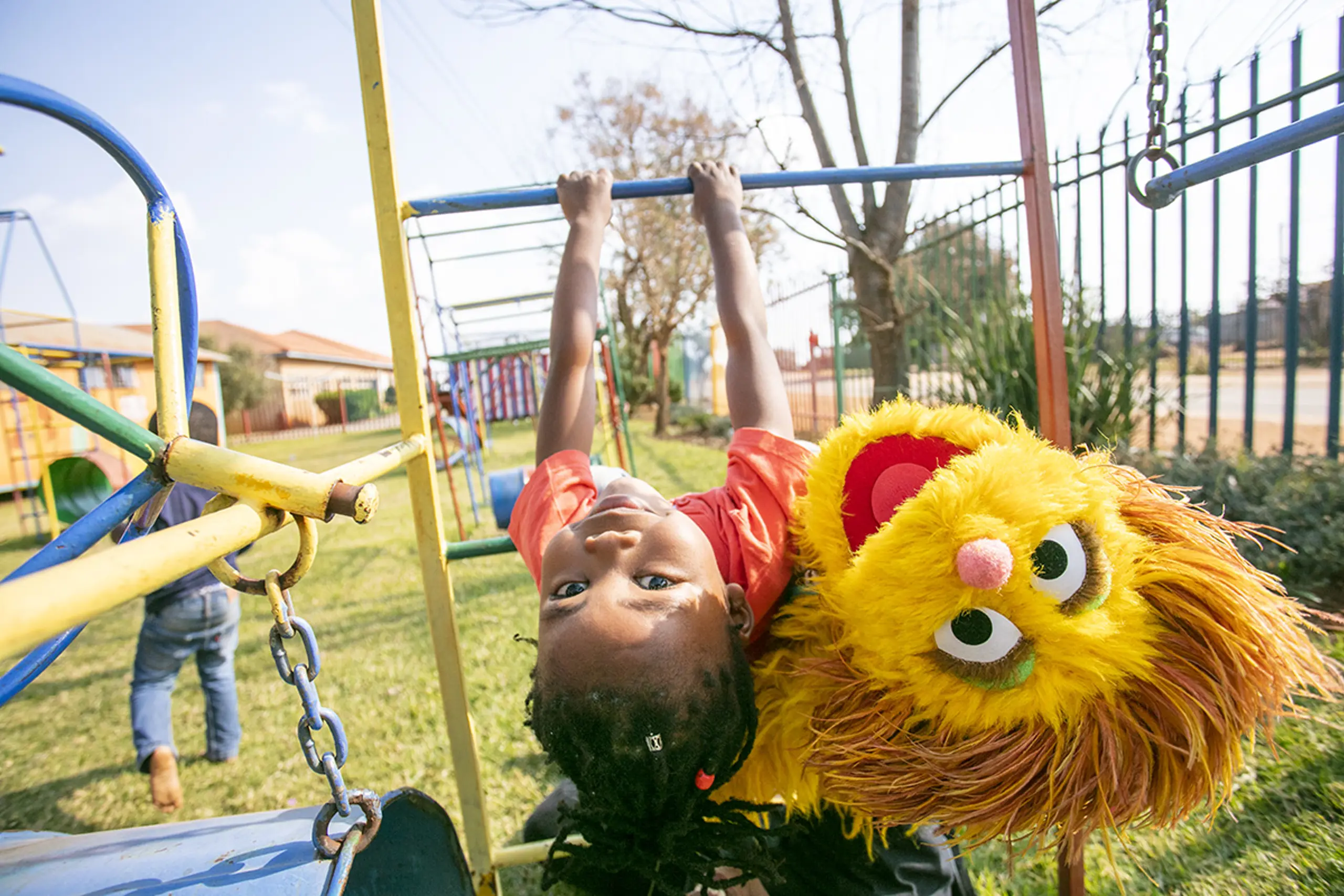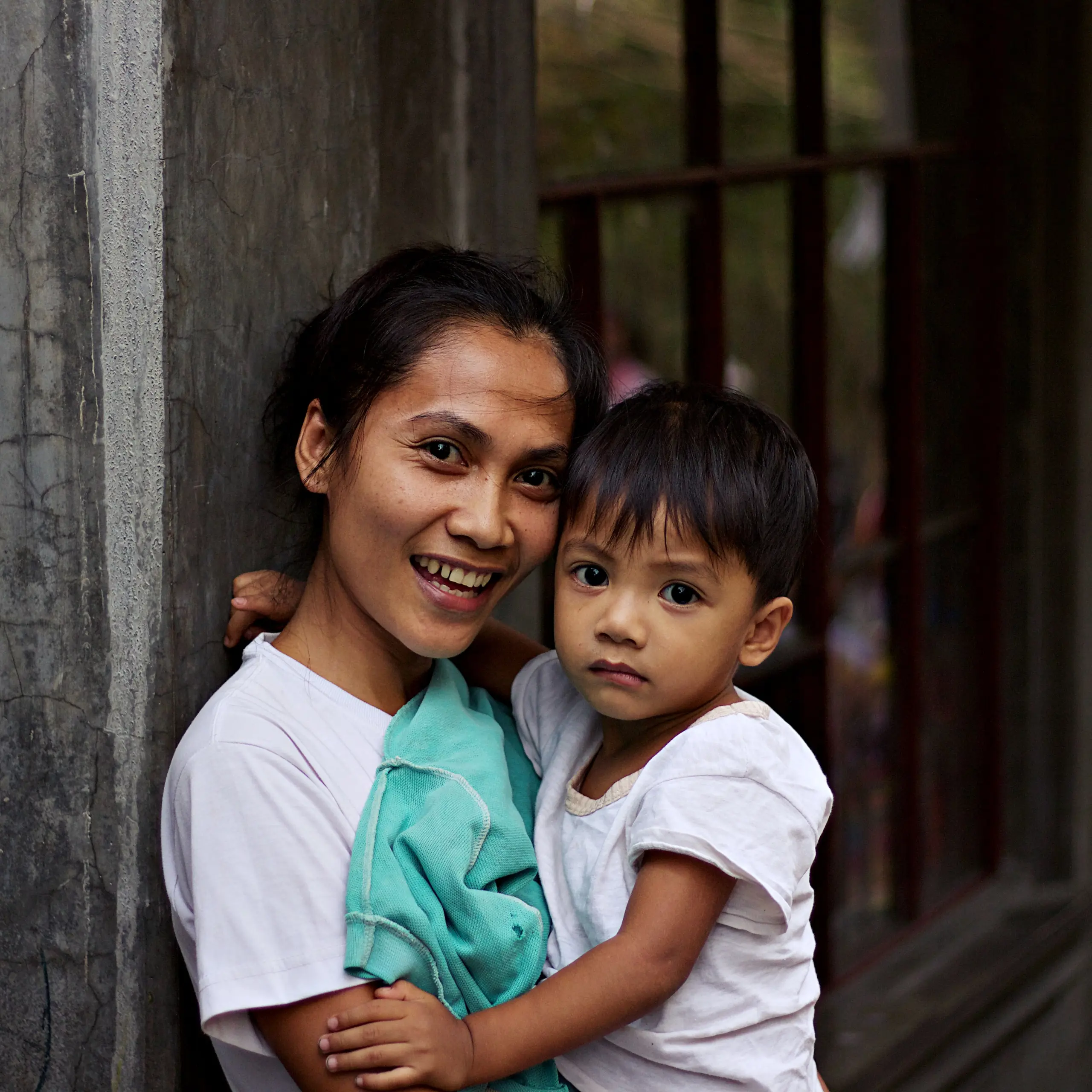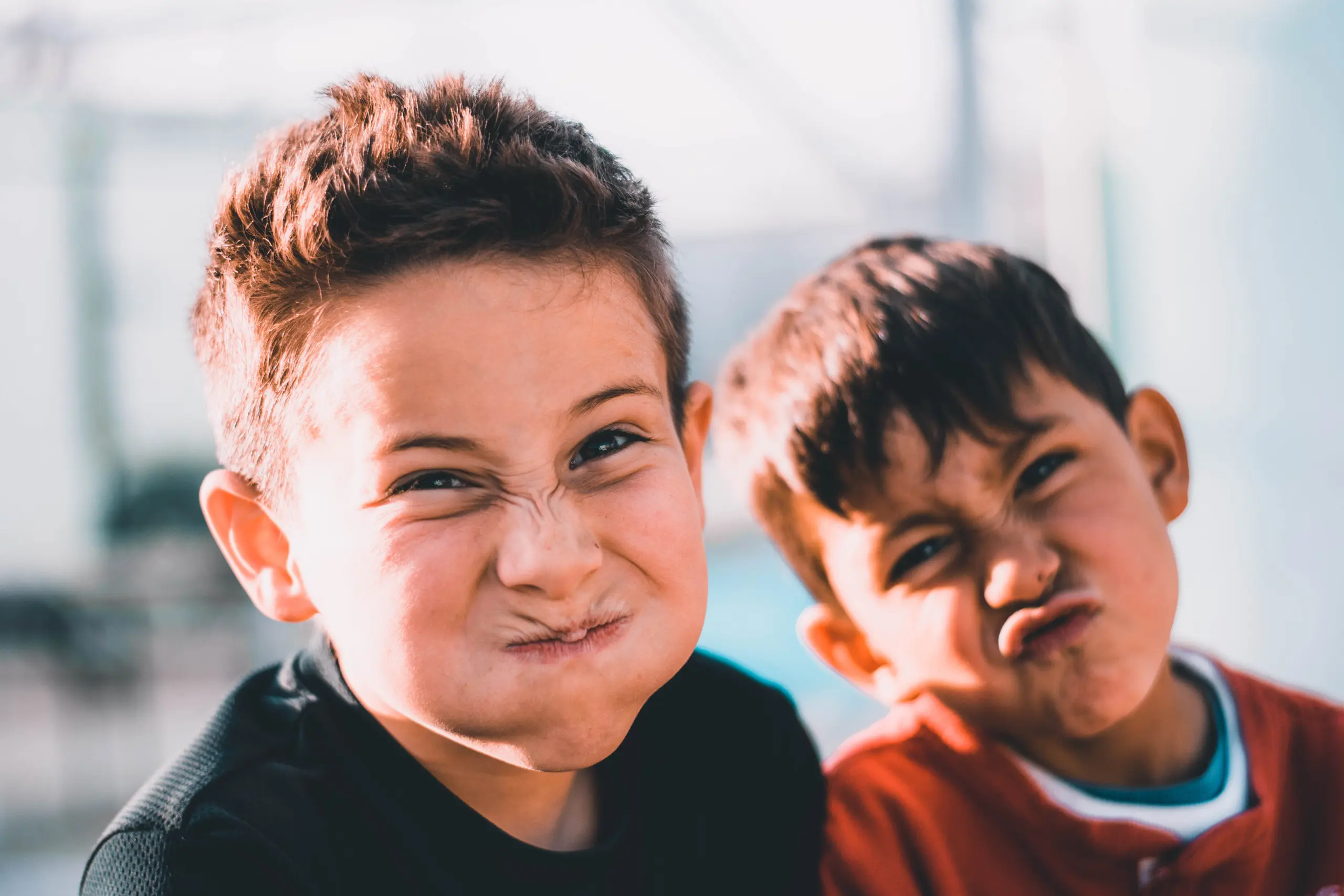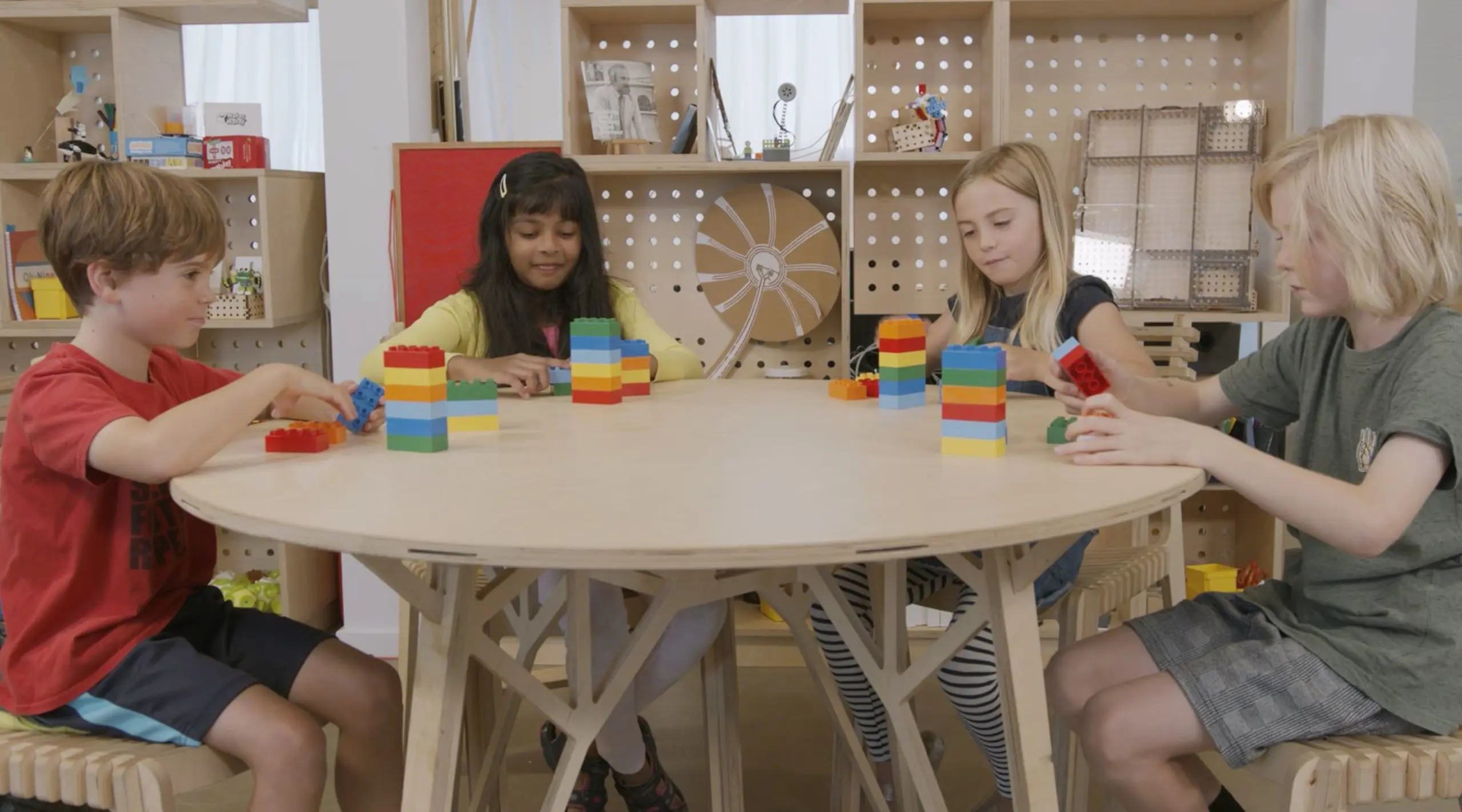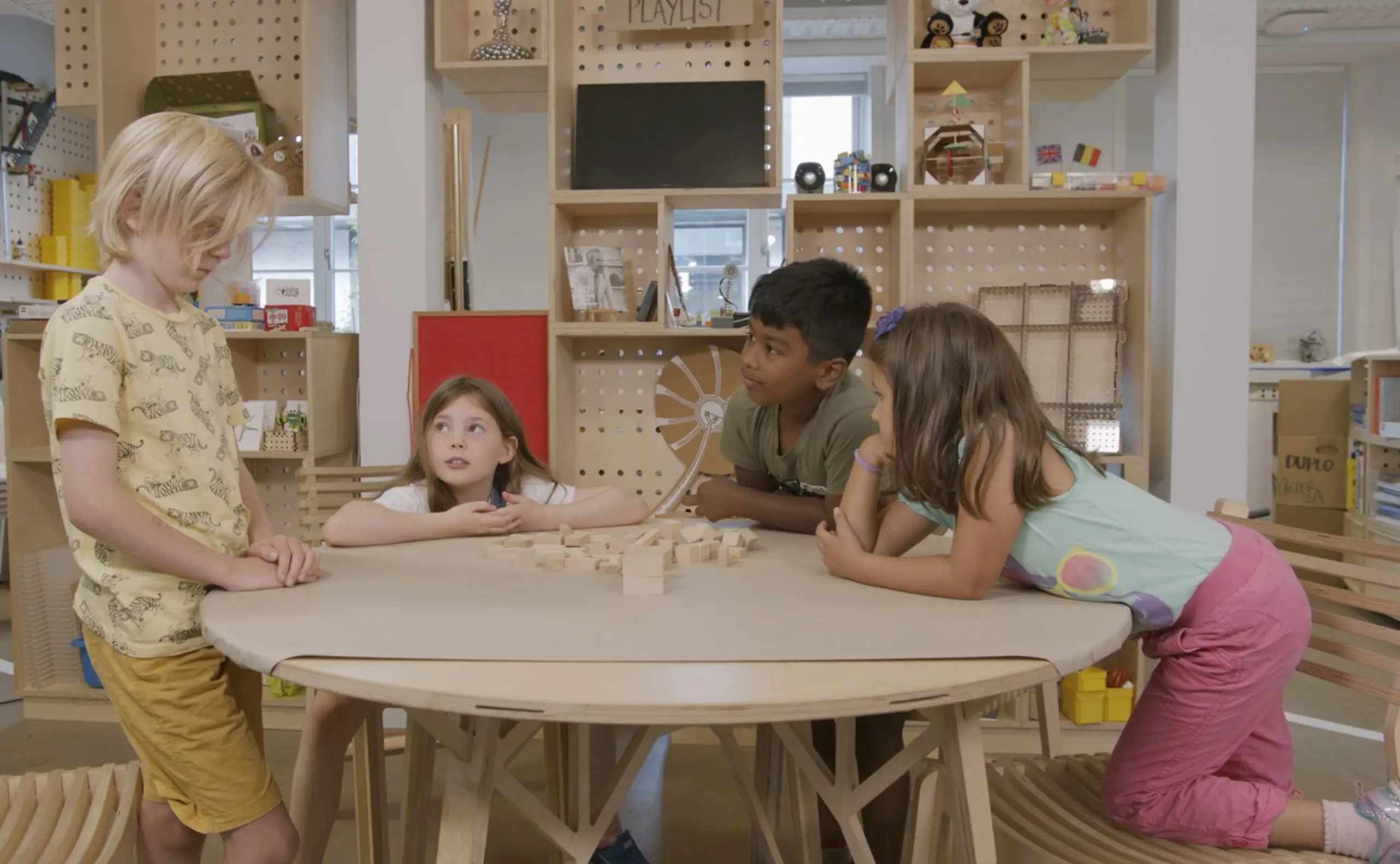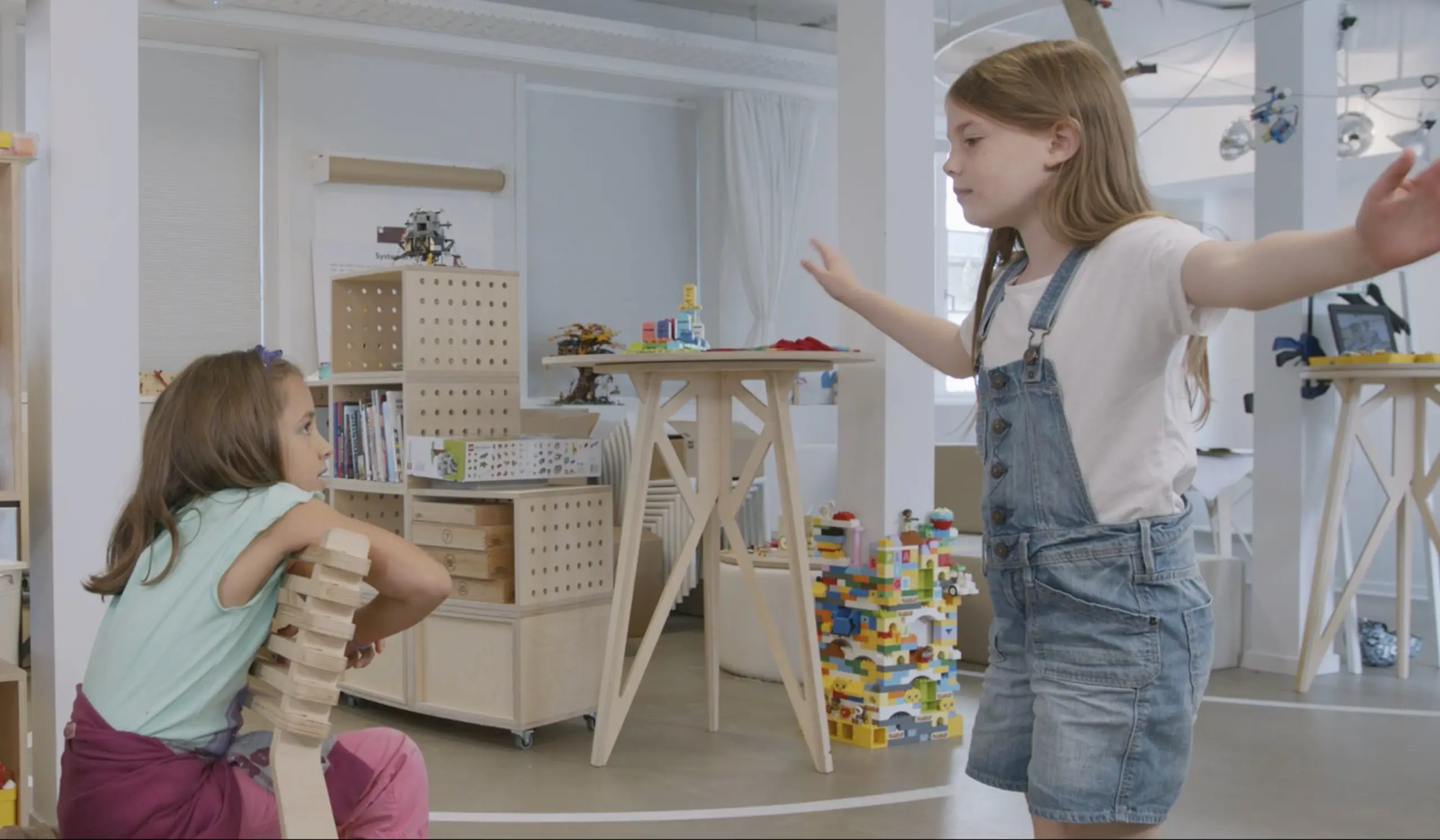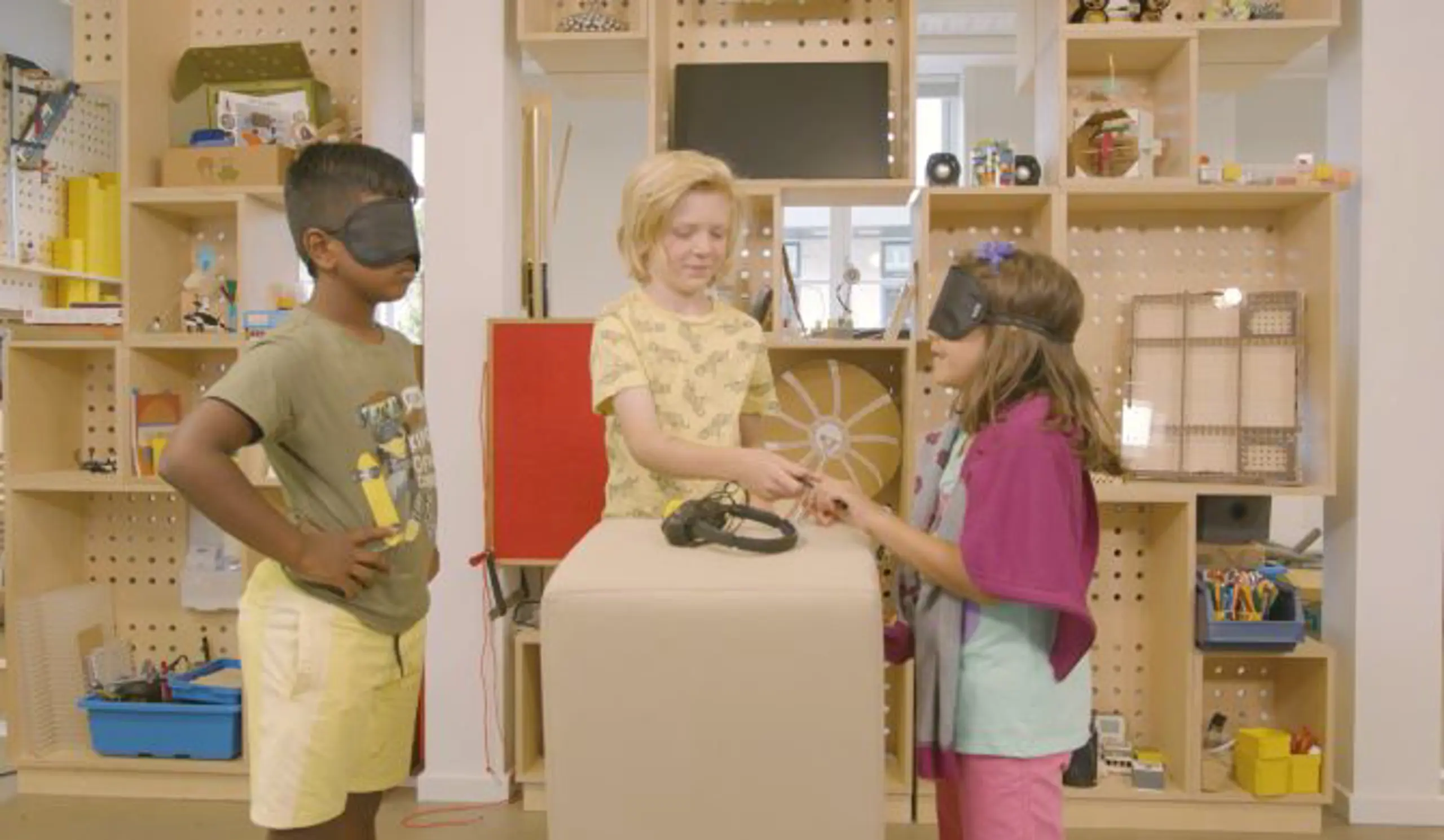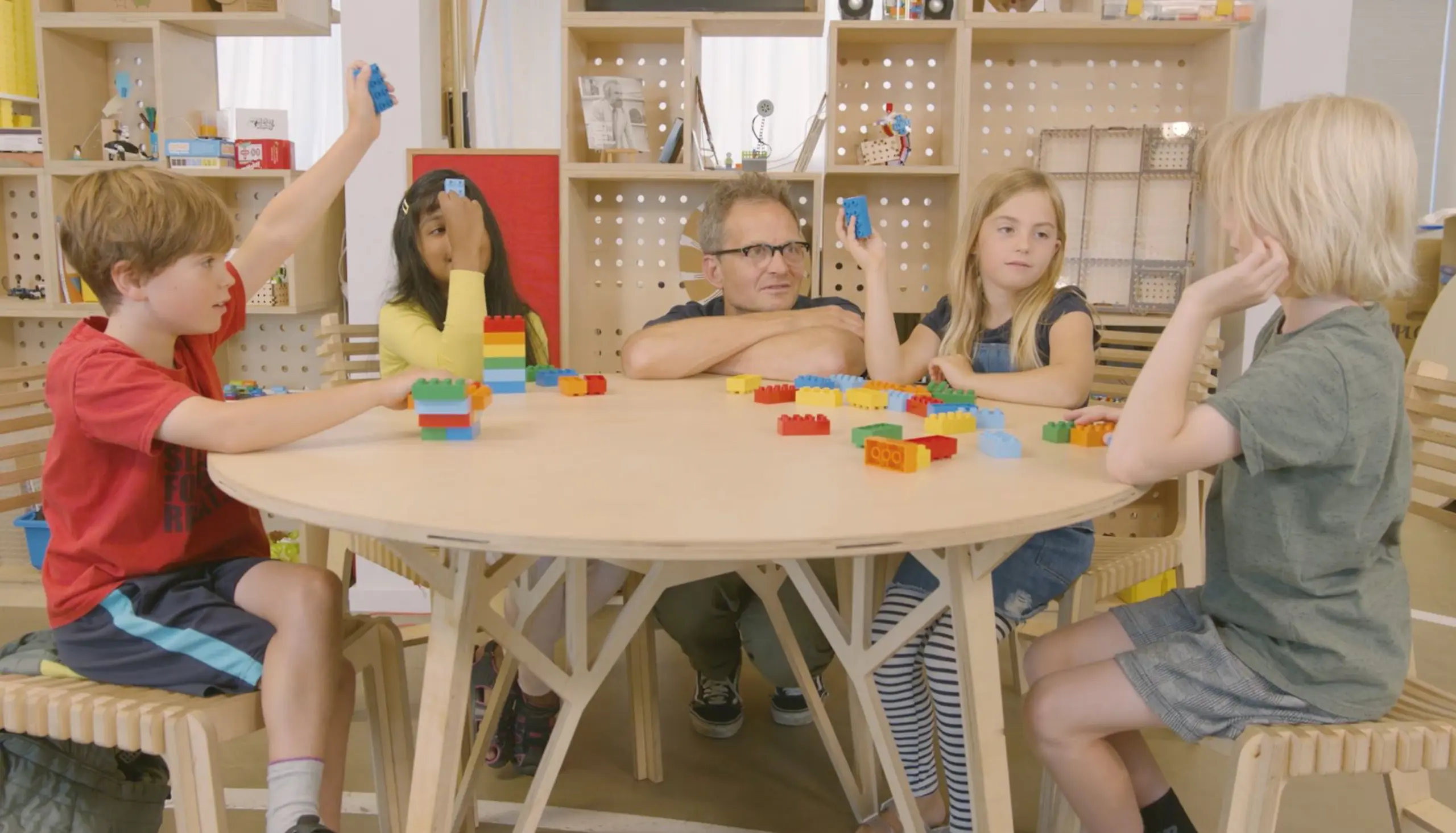What is social and emotional learning?
Unsurprisingly, it’s any learning that helps children hone their social and emotional skills. These are the skills that help us handle the ups and downs of everyday life and get through the kinds of uncertainty and anxiety we’ve all lived through in the pandemic.
Here’s a bit more on why those skills are so important:
Social skills help us work with others
They include working together, communicating thoughts, sharing ideas, negotiating rules and seeing things from someone else’s perspective. Children pick up so many of these skills as they play. Even deciding who goes first in a boardgame takes negotiation! Mastering these skills makes playtime more fun. It sets children up to have happy, healthy relationships with friends and family. And it even helps them work with and learn from others more easily.
Emotional skills help us understand others (and ourselves)
They include handling and expressing emotions, managing impulses and being self-aware enough to see how our behaviour affects others. Emotional skills also help us stay motivated – such as sticking with a tricky puzzle until you solve it.
When children have strong emotional skills, they can relate better to their friends and family, and rise to the challenges adult life throws at them.
